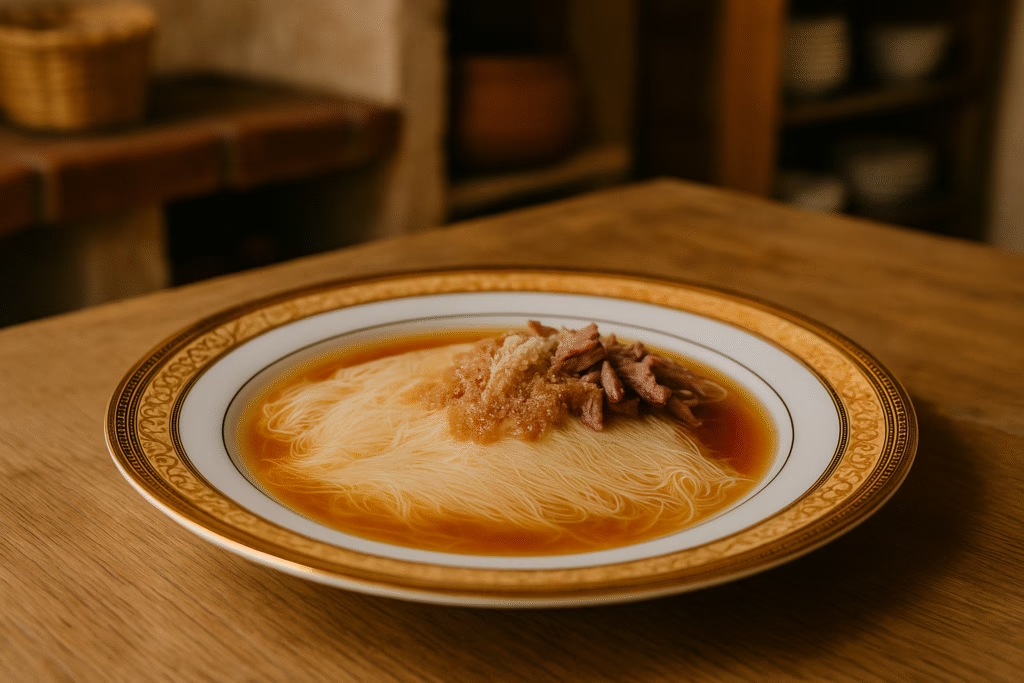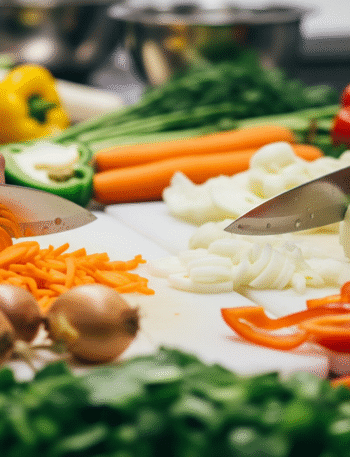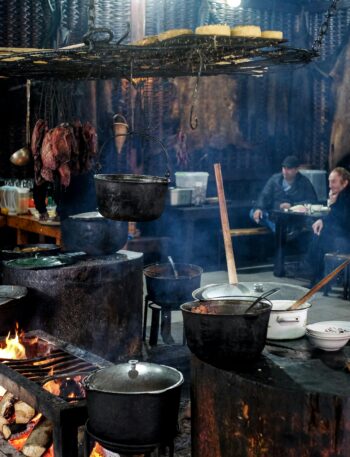Pasta and the Italian Legacy
Italy is often celebrated as a nation where food is not just sustenance, but identity. With a staggering variety of pasta types-so numerous they seem to outnumber the population-Italy’s culinary map is one of regional pride and historic tradition. Each town, each village, offers its own contribution to this legacy: spaghetti alla carbonara in Rome, orecchiette con le cime di rapa in Puglia, lasagna al forno in Emilia-Romagna. And beyond pasta, Italy is the birthplace of pizza, risotto, gelato, and an endless array of cheeses and cured meats that have shaped global cuisine.
But even in this land of culinary abundance, one pasta stands apart for its rarity, symbolism, and sacred role: Su Filindeu, meaning “the Threads of God.” Unlike pastas made for the dinner table or restaurant plate, Filindeu is created only for a specific religious purpose. Crafted entirely by hand using skills passed down through generations, it is one of the most exclusive and endangered food traditions in the world-a reminder that Italian food is not only about pleasure but also about preserving heritage, memory, and spiritual expression.
St. Francis and Filindeu
The unique sanctity of Su Filindeu lies in its connection to St. Francis of Assisi and the Sardinian town of Lula, where a centuries-old pilgrimage is held in his honor. Every year, on May 1st and October 4th-the two feast days of St. Francis-faithful pilgrims embark on a demanding 20-mile journey on foot from Nuoro to Lula, culminating at the Santuario di San Francesco. The church itself carries a remarkable story: it is said to have been built in the 17th century by a bandit, as an act of thanksgiving (ex voto) to the saint after he was cleared of criminal charges.

At the end of the pilgrimage, the pilgrims are offered Filindeu-not as a casual meal, but as a sacred dish. It is served in rich mutton broth and topped with grated Pecorino cheese. Refusing it is considered a serious insult to both the saint and the community. Within this tradition, Filindeu is more than nourishment; it is a sacrament of gratitude, humility, and communion.
Preservation of Tradition
For much of its history, the making of Su Filindeu was a guarded, matrilineal tradition, passed quietly from mother to daughter in a few families in the Nuoro region. Because the technique is so intricate and demands years of practice, the number of people capable of producing authentic Filindeu has dwindled. At one point, it was feared that the knowledge might be lost entirely.

In response, a small but passionate revival effort has taken shape. At the forefront is Luca Floris, a Sardinian chef who has committed himself to learning and teaching this rare craft. By offering workshops, demonstrations, and educational outreach, Floris is carefully sharing the technique with others-while maintaining the cultural and spiritual integrity of the tradition. His work represents a delicate balance between preservation and accessibility, ensuring that Filindeu does not vanish into legend.
The Fundu and the Threads of God
Central to the making of Su Filindeu is a special circular mat known as the fundu. This handcrafted frame is traditionally woven from reeds, cane, or split willow branches, and typically measures 40 to 50 centimeters in diameter. The structure is both practical and symbolic: its open weave allows the ultra-fine pasta threads to dry evenly in the open air, while its circular form reflects ancient ritual themes of continuity, unity, and divine order.

The pasta dough-made from semolina flour, water, and salt-is kneaded until it reaches perfect elasticity. Then, using a time-honored method, it is stretched and folded repeatedly. With each fold, the strands multiply, and after eight precise repetitions, the dough separates into 512 individual threads. These are laid across the fundu in three criss-crossed layers, forming a fragile, lace-like web. Once dried under the Sardinian sun, the pasta becomes stiff and brittle, ready to be stored for sacred use.
The fundu is not merely a utensil; it is a vessel of transmission, connecting the hands of modern artisans with their ancestors and their faith.
The Taste of Devotion
Though its making is an act of devotion, Su Filindeu is also a deeply satisfying and meaningful dish. Its preparation is unique: once the dried pasta sheets are ready, they are gently broken into smaller pieces by hand-never cut or processed. These pieces are placed in a bowl, and hot mutton broth is poured over them. The pasta slowly absorbs the broth, softening into a tender, layered texture while retaining its shape and identity.

The final touch is a generous sprinkle of aged Pecorino cheese, adding a rich, tangy depth to the dish. The flavors are simple but powerful: savory, earthy, and warming, the broth infuses the pasta with the essence of the sheep that roam the Sardinian hills. The cheese provides sharp contrast, while the pasta offers texture and symbolic weight.
This is not a dish designed for culinary flair. It is a ritual meal, built on the values of sacrifice, simplicity, and shared experience. Each bite carries the memory of pilgrimage, the labor of the women who shaped it, and the silent presence of centuries-old faith.



